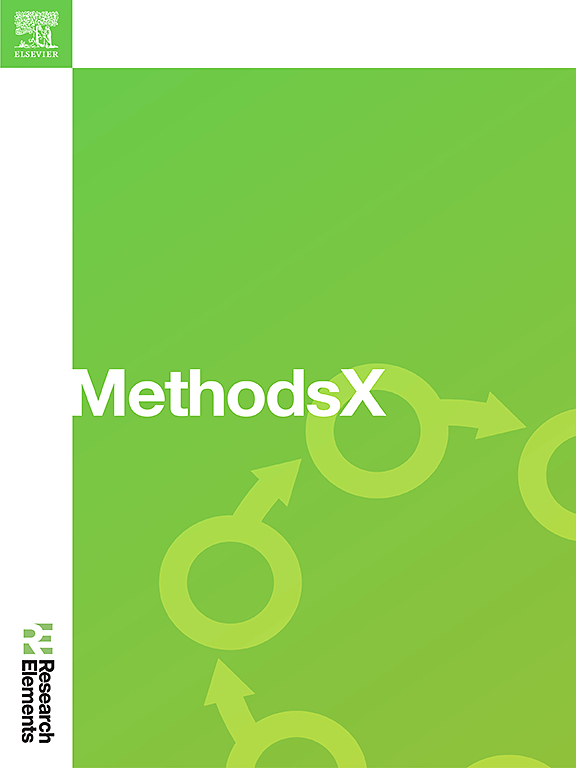PyPortOptimization:利用多种预期收益方法、风险模型和优化后配置技术的投资组合优化管道
IF 1.6
Q2 MULTIDISCIPLINARY SCIENCES
引用次数: 0
摘要
本文介绍了PyPortOptimization,这是一个自动化的投资组合优化库,它包含了预期回报、风险回报建模和投资组合优化的多种方法。该库通过支持各种风险回报矩阵、协方差和相关矩阵以及优化方法,为构建优化投资组合提供了灵活和可扩展的解决方案。用户可以自定义管道的每一步,从数据采集到投资组合权重的后处理,使用自己的方法或从预定义的选项中进行选择。内置的蒙特卡罗模拟有助于评估投资组合的稳健性,同时计算诸如回报,风险和夏普比率等性能指标以评估优化结果。•该研究比较了投资组合优化管道中每个步骤的各种配置方法,包括预期收益、风险建模和优化技术。•自定义设计的分配器优于。例如,比例分配器的夏普比率优于预期平均值。•实现缓存系统以优化执行时间。本文章由计算机程序翻译,如有差异,请以英文原文为准。

PyPortOptimization: A portfolio optimization pipeline leveraging multiple expected return methods, risk models, and post-optimization allocation techniques
This paper presents PyPortOptimization, an automated portfolio optimization library that incorporates multiple methods for expected returns, risk return modeling, and portfolio optimization. The library offers a flexible and scalable solution for constructing optimized portfolios by supporting various risk-return matrices, covariance and correlation matrices, and optimization methods. Users can customize the pipeline at every step, from data acquisition to post-processing of portfolio weights, using their own methods or selecting from predefined options. Built-in Monte Carlo simulations help assess portfolio robustness, while performance metrics such as return, risk, and Sharpe ratio are calculated to evaluate optimization results.
- •The study compares various configured methods for each step of the portfolio optimization pipeline, including expected returns, risk-modeling and optimization techniques.
- •Custom Designed Allocator outperformed. For example, the Proportional Allocator's sharpe ratio of out-performed the expected average.
- •A caching system was implemented to optimize execution time.
求助全文
通过发布文献求助,成功后即可免费获取论文全文。
去求助
来源期刊

MethodsX
Health Professions-Medical Laboratory Technology
CiteScore
3.60
自引率
5.30%
发文量
314
审稿时长
7 weeks
期刊介绍:
 求助内容:
求助内容: 应助结果提醒方式:
应助结果提醒方式:


